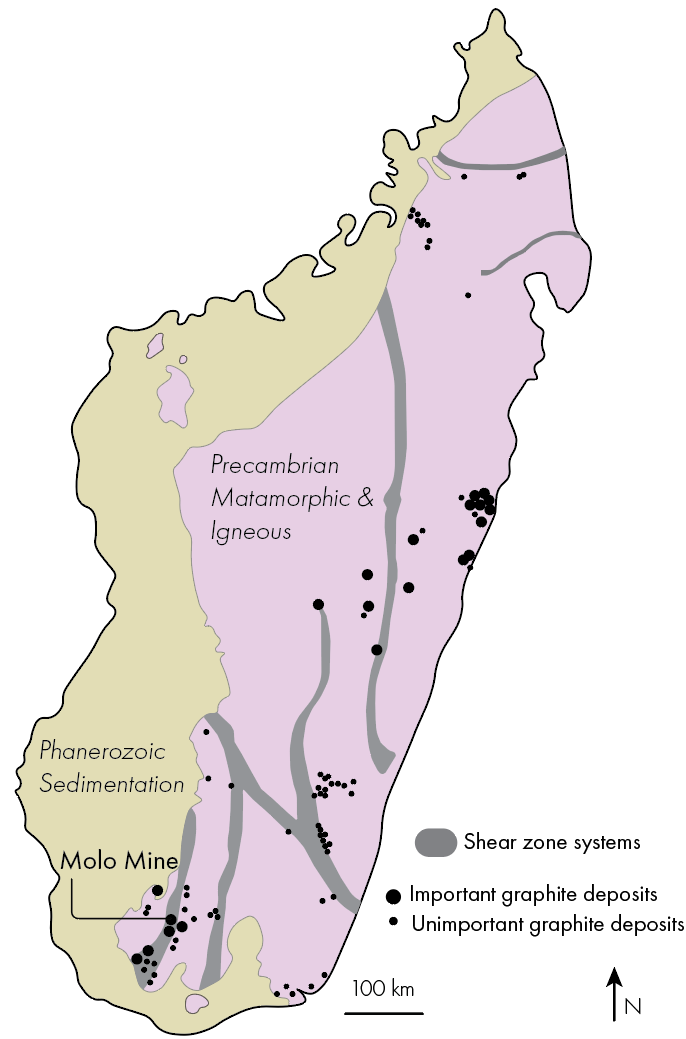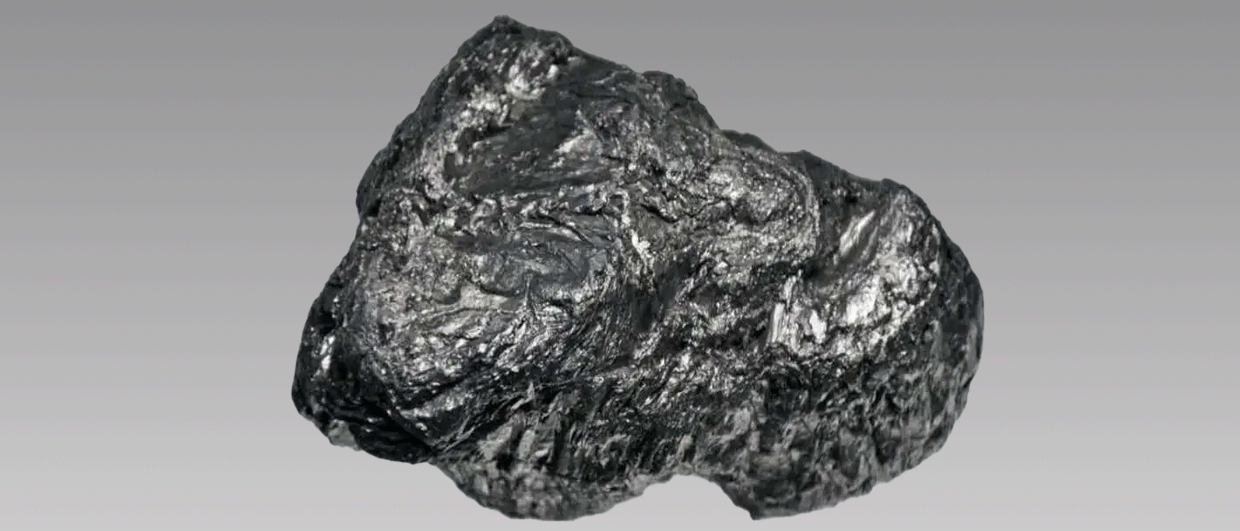It is too easy to think that oil and gas is at one end of the energy spectrum, and renewables at the other. In fact, when digging a bit deeper, it becomes more obvious how the two are interlinked. Ed Conway nicely illustrates that in his book “The Material World”, in which he takes the reader to a refinery in England where one of the by-products of the oil refining process has appeared on the radar of battery makers: graphite.
Graphite, a very pure form of carbon, is just as essential for making batteries as is the other: lithium. Where lithium is used for the cathode, graphite is required for the anode. But where lithium is in the news all the time, the contrary is true for graphite. Possibly because its close relationship with the petroleum business?
Apart from being able to extract graphite from refineries, the stuff can also be mined. And this is happening in Madagascar for more than a year now, in the Molo mine towards the southern end of the island, by Canadian operator Nextsource Materials.
Origins of graphite: hydrothermal or organic?
The geological setting of the Molo mine is quite different from what the most petroleum geologists tend to look at. The large-scale shear zone in which the mine is situated forms a vast high-grade meta-sedimentary terrane that has been metamorphosed to granulite facies conditions during a series of deformation phases around 650 to 600 million years ago. Temperatures of around 750° C were reached at the time.

But now the question is, what is the source of the carbon that is being mined? Is it metamorphosed organic matter that was part of the shelf sediments that also formed the starting point of the metamorphic rocks found now? Or is the carbon of hydrothermal origin and has an origin deeper down, unrelated to organic matter previously deposited?
A recently published study by researchers from China favour the idea of mantle-derived fluids rather than the metamorphism of sediments for the areas they investigated in Madagascar – the Molo mine area was one of those.
They reached that conclusion based on the morphology of the graphite orebodies, mineral associations, and geochemical data. They also conclude that the graphite mineralization took place between 490 and 390 million years ago, so significantly later than the development of the shear zones. That makes sense when a hydrothermal origin is postulated.
Another argument they use for the hydrothermal theory is the fact that the graphite bodies seem to be linked to the shear zones only. “Why would they be restricted to shear zones when organic matter was dispersed throughout the entire sedimentary interval?”, the researchers asked rhetorically.

